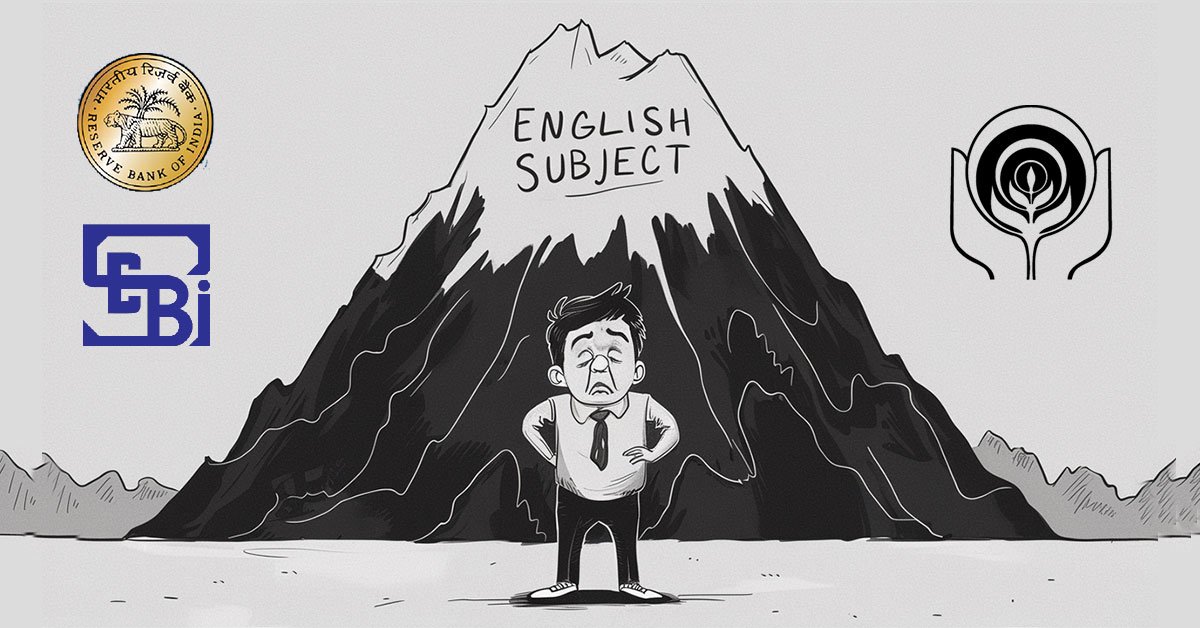Context:
Salam Kisan (PRYM Solutions) has signed a memorandum of understanding (MoU) with the Maharashtra government to democratise agricultural drone technology. The drone firm has partnered with Microsoft as technology partner.
Drone Technology in Agriculture
The Indian drone market for agriculture is in its early stages but shows significant potential for growth.
In Punjab 93 out of 100 drones made available to farmers through the Indian Farmers Fertiliser Cooperative (IFFCO) under the Centres NAMO Drone Didi scheme are already operational
These drones priced at Rs 16 lakh each are equipped with 12 litre water tanks.
Advantages of Drone Technology in Agriculture
- Health Protection
- Drones protect farmers from harmful pesticides which could cause serious health issues such as cancer and kidney problems.
- Efficiency
- Spraying is completed by drones in a time of only 57 minutes per acre reducing the time consumed compared to spraying by hand which takes a couple of hours.
- They apply pesticides and fertilizers uniformly which results in better crop yields.
- Data Utilization
- Drones collect data that can identify areas of the field that require attention hence resulting in better crop yields and more profits.
- Nano Fertiliser Application
- Drones are efficient in applying nano fertilizers which apply small quantities uniformly that are difficult to spread manually.
- Pest Control
- Spraying drones have timely and precise application during pink bollworm, locusts and whiteflies pest infestations which have improved pest control.
- Environmental Benefits
- Nutrient absorption from nano fertilizers increases by up to 90% reducing runoff and pollution.
- Application based on leaves and not on soil is less polluting than traditional spraying methods.
- Water Conservation
- Drones can conserve water by as much as 90% compared to conventional pesticide application methods.
- Cost Savings
- Reduces manual labor and pesticides use overall costs are significantly brought down for farmers.
- Other applications
- Drones are also used for the sowing of seed balls with regards to reforestation hence saving the environment.
Challenges of Adopting Drone Technology
- Job Loss
- The use of drones could reduce the demand for manual labor, potentially leading to job losses for laborers who traditionally perform tasks like pesticide spraying.
- Lack of Knowledge and Training
- Many farmers may not have the necessary skills or training to operate drones effectively hindering adoption.
- Cost
- The initial cost of drones is very high, which is a significant barrier for most farmers especially smallscale ones.
- Regulatory Barriers
- There could be regulatory issues with drone operations that might hinder the mass adoption of drone technology in agriculture.
Initiatives to Promote Drone Use in Agriculture
- Digital India Campaign
- This aims at boosting the digital infrastructure besides equipping the farmer with such advance technologies using drones.
- ICAR
- Now the research is being executed with the objectives to promote those technologies of agriculture in a Precision Agricultural way like drone toward enhancement of production level of crops.
- Planned Production linked incentive (PLI Scheme)
- This plan provides Rs 120 crore around US 1439 million to promote the idea of homegrown drone production and lesser imports.
- Submission on Agricultural Mechanization (SMAM)
- Under this scheme the government supports farmers financially if they buy a drone So this can be said as a step forward to make technology more accessible.
- This program aims to empower women Self Help Groups (SHGs) by offering them access to modern agricultural technology such as drones
- Training and Support
- Efforts are being made to train farmers and provide support to overcome barriers to drone adoption.
Conclusion and Way Forward
- Revolutionizing Agriculture
- The possible transformation of agriculture through the advent of drone technology brings into the portfolio increases in the efficiency crop yields and cost effectiveness.
- Effects on Agriculture
- Drones would significantly revolutionize pesticide and fertilizer application in fields which are traditionally carried out manually making it efficient uniform and perfect.
- Threeway Collaboration
- It is important that farmers and policymakers collaborate to address issues such as cost, training and regulatory concerns so that the benefits of drone technology are maximized while mitigating any concerns
Source: Business Line















